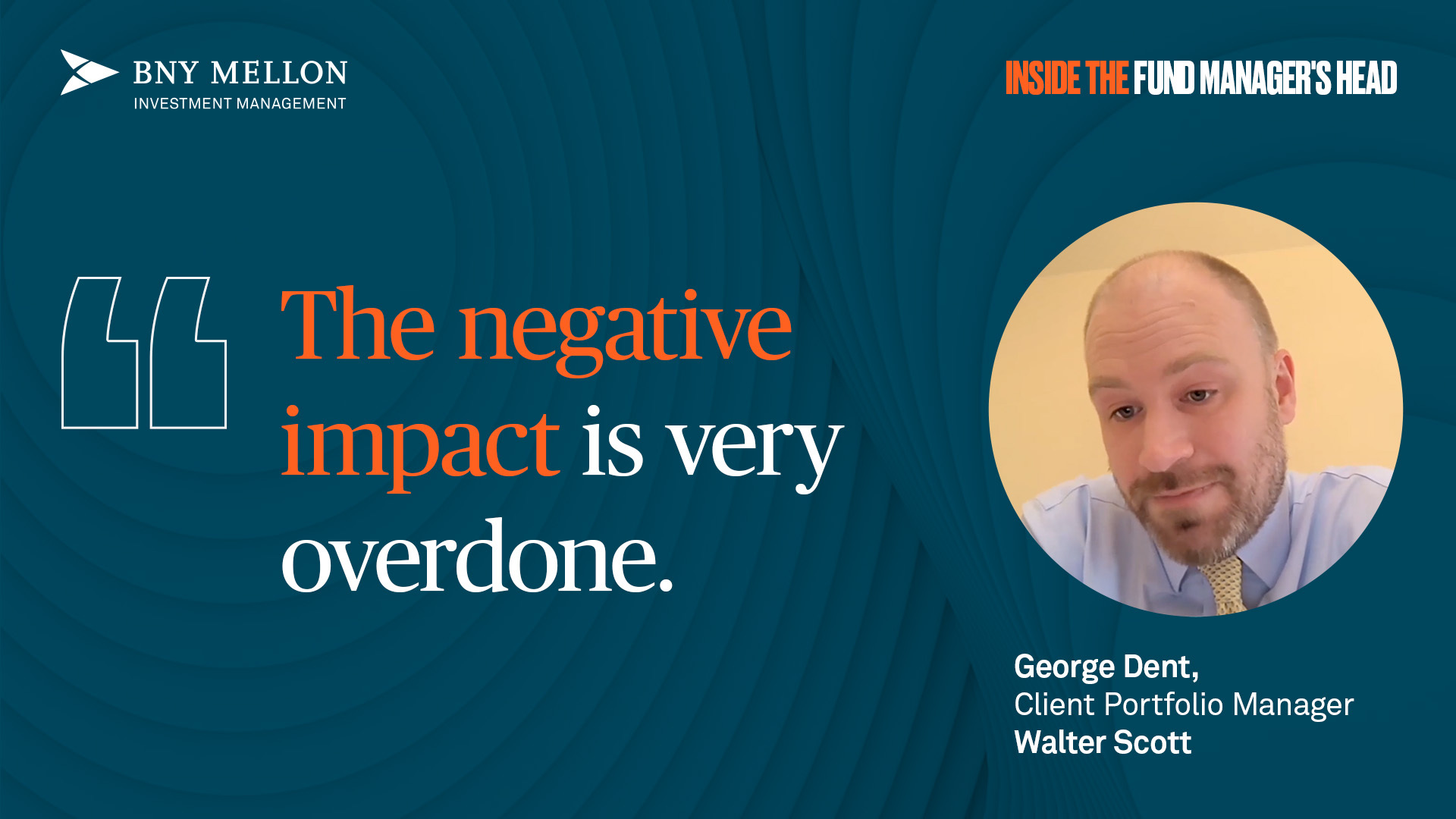The average bricks and mortar fund in the IMA Property sector has paid out £85.6 on a £1,000 investment made three years ago.

Source: FE Analytics
As the graph below shows, direct property funds have delivered a lower total return than the IMA UK Gilt, IMA Sterling Corporate Bond and IMA Sterling High Yield sectors over three years.
However, most experts agree that the recent returns from bonds are unlikely to be repeated in the future and the majority of managers who have switched to property funds have done so because they expect the asset class to deliver a growing level of income.
Performance of composite portfolio vs sectors over 3yrs

Source: FE Analytics
The multi-asset teams at Henderson, Premier and Scottish Widows have all been upping their exposure to bricks and mortar funds at the expense of bond funds over the last 12 months of so.
The best-performing direct property funds for income generation over three years have been [with a £1,000 investment] Threadneedle UK Property [£112.87], Henderson UK Property [£112.38], Old Mutual Property [£109.77] and Ignis UK Property [£103.44].
The average fund in the IMA UK Gilt sector, on the other hand, has paid out just £66.6.
While property funds have distributed more income than government bond funds, they have fallen well short of their IMA Sterling Corporate Bond rivals, with the average portfolio in the sector paying out £119.02 on a £1,000 investment made three years ago.
Direct property funds have also delivered substantially less income than funds that offer exposure to lower rated credit.
For example, our data shows that the average fund in the IMA Sterling High Yield sector has paid out £175.29 on a £1,000 investment made three years ago, with the likes of Marlborough High Yield Fixed Interest, Aberdeen Global High Yield Bond and Newton Global High Yield Bond all distributing considerably more than that.
 Rob Morgan, pensions and investment analyst at Charles Stanley Direct, says that there are a number of reasons why corporate credit has been a better hunting ground for income investors over recent years.
Rob Morgan, pensions and investment analyst at Charles Stanley Direct, says that there are a number of reasons why corporate credit has been a better hunting ground for income investors over recent years.“When you are looking over that sort of time period, you’ve got to realise that yields on investment grade bonds and high yield bonds were at much higher levels than they are today,” Morgan (pictured) said.
“Yields on property funds were lower and an issue that managers in the sector have is that they have had to hold quite a lot of cash for liquidity purposes, which affects their income. Property funds can grow their income over time, providing that rental income grows.”
He added: “The problem has been that rents haven’t really risen much over recent years.”
However, Morgan says that investors should receive more income from commercial property funds than large parts of the fixed interest universe on a three- to five-year view.
He says that as property is an asset class where managers can increase their net distribution and as they can use their un-invested cash to their develop their assets, it gives them an advantage over their fixed income counterparts.
“If you were comparing a standard property fund against a standard investment grade corporate bond fund, then yes I think you will see more income from property,” Morgan said.
“The IMA UK Gilts sector is certainly going to give you precious little income over the next three years. For managers in that sector to get a higher yield, they are going to have to go very long duration, which will make their funds more sensitive to interest rate movements.”
“High yield is a difficult call, though, as you can still get some quite high starting yields within the sector.”
Our data shows that the average physical commercial property fund currently yields 3.41 per cent, which is 1.2 percentage points greater than the IMA UK Gilts sector.
The IMA Sterling High Yield sector, on the other hand, currently yields 5.6 per cent.
The average IMA Sterling Corporate Bond fund currently yields 3.75 per cent, though managers within the sector are allowed to invest in high yield bonds.
Although Morgan is becoming much more interested in direct commercial property, he says that finding a fund that can deliver a growing source of income will depend on the quality of its portfolio and the ability of its management team.
He says that the £1.9bn Henderson UK Property fund, which is headed up by Marcus Langlands Pearse and Ainslie McLennan, fits into this category.
Its yield is 3.7 per cent, which is higher than the sector average, and our data shows that it has both outperformed the sector on a total return basis and has delivered more income over a three-year period.
Performance of fund vs composite portfolio over 3yrs

Source: FE Analytics
Its ongoing charges figure (OCF) is 0.87 per cent.






